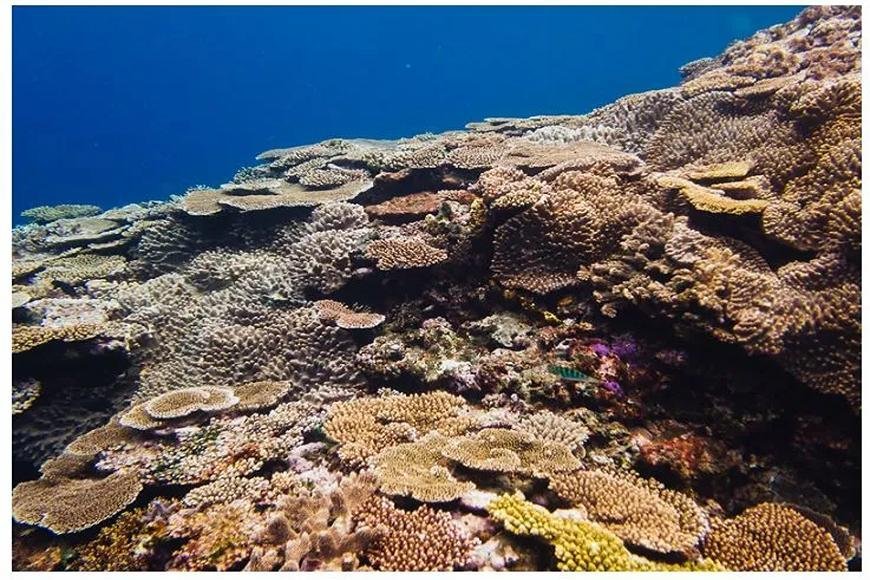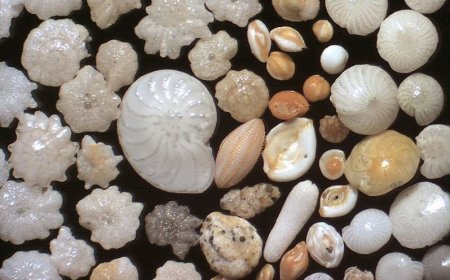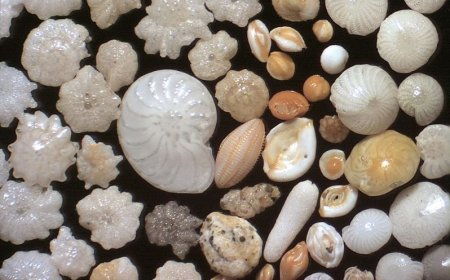CORAL REEF AND ITS TYPES
Coral reefs are underwater cities teeming with life, built by tiny coral polyps. These vibrant ecosystems come in three main types: Fringing reefs, Barrier reefs, Atolls.

The Coral Reefs
- On the calcium carbonate exoskeletons of their progenitors, coral polyps are discovered.
- Corals may be found in all seas, although the largest coral reefs are found mostly in the clear, shallow waters of the tropics and subtropics.
- With a length of over 1,500 miles, the Great Barrier Reef in Australia is the longest of these coral reef systems.
The Factors Influencing Coral Reefs
Extreme climate conditions
- The high sea temperature is to blame for the decline of these corals because they cannot survive in high temperatures.
- According to experts, the majority of the world's coral reefs will soon disappear due to the growing rates of ocean warming.
- Overfishing is another important concern since it is contributing to an ecological imbalance in coral reefs.
Coastal development
- The construction of coastal infrastructure and tourist resorts on or near coral reefs causes severe harm.
Pollution
- The poisoning of coral reefs by harmful chemicals poured straight into the ocean can increase the nitrogen content of seawater, resulting in an overgrowth of algae.
Sedimentation
- Construction around beaches and islands causes soil erosion, which increases sediments in the river.
- As a result, it has the potential to suffocate corals by depriving them of the light they require to exist.
Growth Conditions for Coral Reefs
- The temperature of the water should not be lower than 20°C.
- The ideal temperature for the development of coral reefs is between 23°C and 25°C.
- The temperature should not be higher than 35°C.
- Corals can only thrive in salty environments with salinities ranging from 27% to 40%.
- Coral reefs thrive in shallow water less than 50 meters deep.
- The depth of the water should not be more than 200 meters.
Types of Reefs with Coral
Based on their structure, nature, and manner of occurrence, coral reefs are classified into three groups.
Fringing Reef
- The term "fringing coral reefs" refers to coral reefs that are situated extremely near the shore and form a shallow lagoon called Boat Channel.
- The Fringing Reefs form around the continental borders and islands.
- They develop from the deep bottom of the sea, with their seaward side dipping sharply into the deep sea.
- Fringing reefs are the most prevalent of the three types of coral reefs.
- Sakau Island in the New Hebrides, for example, or the South Florida Reef.
Barrier Reef
- Of the three coral reefs, barrier reefs are the biggest, tallest, and broadest.
- They form a broken and uneven ring off the coast and parallel to the coastline.
- The biggest of the reefs, it runs for 100 km and is several kilometers broad.
- The Great Barrier Reef of Australia, which is 1200 miles long, is an example of a barrier reef.
Atolls
- An atoll is a reef that is typically round in shape and surrounds a huge central lagoon.
- This lagoon is primarily deep, with a depth range of 80–150 meters.
- The atolls are located in an oval shape around an island or on a submarine platform, distant from the deep sea platforms.
- Fiji Atolls, Suvadivo in the Maldives, and Funafoothis Atoll in Ellice are a few examples.
The Importance of Coral Reefs
- The following are some of the reasons why coral reefs are crucial:
- They shield coasts from the devastating impacts of tidal waves and tropical storms.
- They offer habitat and protection for a variety of marine creatures.
- They are a source of nitrogen and other important nutrients for marine food systems.
- They aid in the fixation of carbon and nitrogen.
- They aid in nutrient recycling.
- The study of coral reefs is crucial for the creation of scientifically verifiable records of climate occurrences during the last million years.
- Coral reefs are also crucial to the fishing sector.
- Many fish breed there, and juvenile fish spend time there before heading out to sea.
- The Great Barrier Reef provides more than 1.5 billion dollars for the Australian economy each year through fishing and tourism.
- Coral reefs are also important markers of the health of the global environment.
- They serve as an early warning sign of what may happen to less vulnerable systems, such as river deltas, if climate change is not handled immediately.
What's Your Reaction?



































